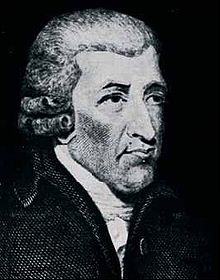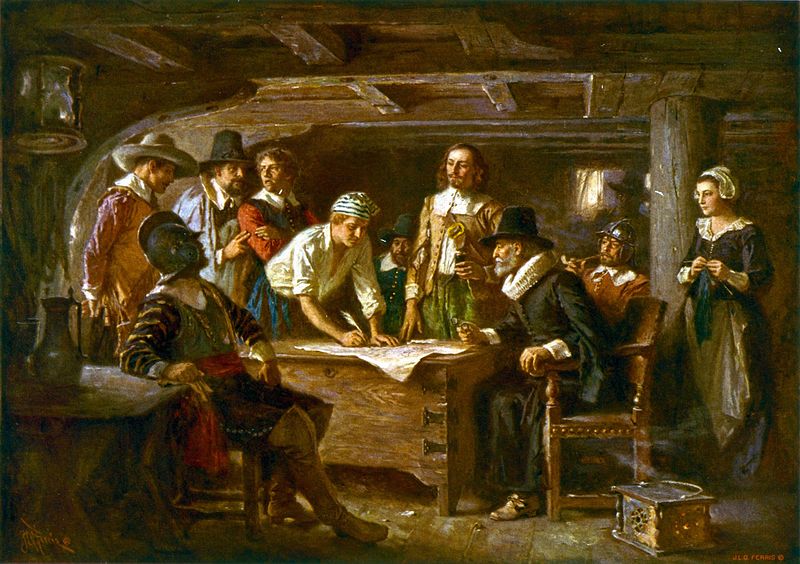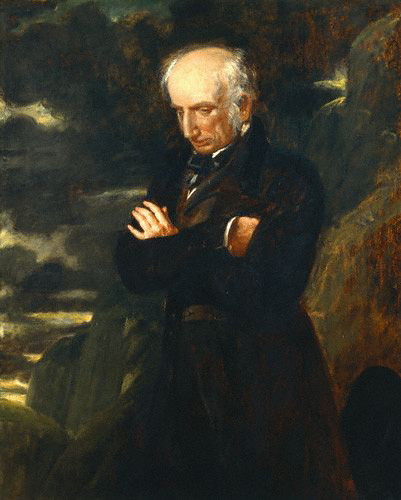 |
| John Walker |
John Walker Sells the First Friction Match, 1827
Men had been seeking a safe and easy means of starting a fire for a long time when Walker invented the friction match. The Chinese had come up with a sulfur-tipped piece of wood that would ignite easily as early as 577 AD, and they got to Europe by the 1530's. These "fire inch-sticks" required fire to light, however.The first self-igniting match was invented in 1805, and its head was made up of potassium chlorate, sulfur, sugar, and rubber. You ignited it by dipping into a small bottle of sulfuric acid that you carried around with you in an asbestos bottle. They never really caught on -- besides the obvious safety drawbacks, they were pretty expensive.
John Walker's matches could be ignited by striking against any rough surface. The tips were made of antimony sulfide, potassium chlorate, gum, and starch. Walker called them congreves, after the rocket inventor Sir William Congreve. ("The rockets' red glare" referred to in our national anthem were Congreve rockets.) A few years later Samuel Jones patented the process and called them lucifer matches.
The problem with lucifers was that they tended to ignite violently, and could throw sparks quite distance. They also had an unpleasant, "brimstony" smell.
A French inventor, Charles Sauria, solved the odor problem, but created a serious health problem. He added white phosphorous to the mixture, which took care of the smell, but afflicted those who manufactured or packaged them (primarily women and children) with "phozzy jaw", a serious medical condition. It was caused by the deposit of white phosphorous in the bones, caused by inhalation of the vapors. The ailment started out with toothaches and swollen gums, then spread to the other organs. The bones would rot away. Victims would literally glow in the dark and die in great pain. Additionally, white phosphorous fumes could result in madness.
Public outcry eventually led to safer matches, treated with red phosphorous. One of the early manufacturers of red phosphorous matches was William Booth and the Salvation Army.
 | |
| The Signing of the Mayflower Compact |
Francis Cooke's Birthday, 1663
Francis Cooke was one of the Mayflower Pilgrims. He, his son, and his nephew made two failed attempts to sail to the New World on the Speedwell before joining the crew of the Mayflower. (The Speedwell had been found "leaky" on two occasions, the result of sabotage by crew members who hoped to avoid fulfilling their contract.) After arriving in Massachusetts on November 11, 1620, Cooke was one of the 41 passengers to sign the Mayflower Compact. Later, his wife and other children joined him in Plymouth.Francis Cooke was fairly active in the community. He served on the coroner's jury, the petit jury, and the grand jury. He belonged to committees involved with the administration of land grants and roads. He is one of 26 Mayflower Pilgrims that are known to have descendents. Among Cooke's are Francis Delano Roosevelt, George H. W. and George W. Bush, Orson Welles, Grandma Moses, Richard Gere, Dick Van Dyke, and Brian, Dennis, and Carl Wilson of the Beach Boys.
 |
| William Wordsworth -- Deadbeat Dad? |
William Wordsworth's Birthday, 1779
Funny, I always tend to think of Wordsworth as a quiet, stuffy man, taking long walks around the Lake District with his sister and writing poems about daffodils.When he was a young man, however, Wordsworth was much taken with the Revolutionary spirit of France. On a trip there in 1791 he fell in love with a young French woman named Annette Vallon, and fathered a child, Caroline, who was born in 1792. He had to return home when he ran out of money, and after that was prevented returning by the French Reign of Terror, and by tensions between France and England. During this time he claimed that he loved Annette and wished to marry her.
It wasn't until 1802 that he was able to return to France. He came this time with his sister, Dorothy, and went primarily to prepare Annette for his upcoming marriage with another woman, and to make arrangements for his financial support of Caroline. The poem "It is a Beauteous Evening, Calm and Free" was inspired by an evening walk with his ten-year-old daughter.
No comments:
Post a Comment